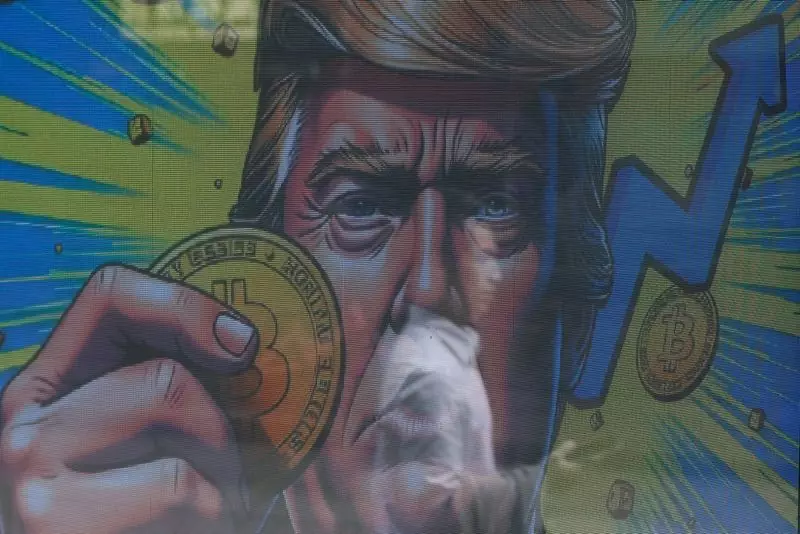The recent escalation of Bitcoin’s value beyond the monumental $100,000 mark signifies more than just a numeric milestone; it encapsulates the evolving nature of financial markets in an era increasingly marked by uncertainty. Following the election of Donald Trump, who championed a pro-cryptocurrency narrative, Bitcoin’s rise has appeared not only plausible but almost expected. This situation indicates a significant acceptance of cryptocurrencies in mainstream finance, merging digital assets with traditional market dynamics.
While various factors converge to push Bitcoin past this psychological barrier, it isn’t simply light-hearted banter at family gatherings about cryptocurrency that sparked this increase. Instead, considerable capital inflows from institutional investors and the advent of new Bitcoin Exchange-Traded Funds (ETFs) have played pivotal roles. Such developments indicate a growing belief among large investors regarding the long-term potential of Bitcoin, not merely as a speculative asset, but as a legitimate alternative to traditional investments.
Additionally, the uplift in equity markets across major indices, particularly on Wall Street, has provided a conducive backdrop for cryptocurrencies to flourish. When faced with positive sentiment regarding potential U.S. rate cuts, the entire financial ecosystem appears buoyed, resulting in a simultaneous uptick in risk assets, including cryptocurrencies. This multidimensional interaction reflects a market keen on diversifying its risk while embracing alternative asset classes.
However, the political climate in Europe casts a significant shadow over the optimistic market outlook. Recent developments, such as the no-confidence motion passed in the French parliament, highlight growing instability in traditionally robust economies. Investors are understandably jittery, especially as political challenges also emerge in Germany, Japan, and South Korea. France’s parliamentary upheaval, which marks a historic first since 1962, is indicative of deeper sociopolitical rifts, creating further complexities for investors navigating these turbulent waters.
This environment of uncertainty practically invites investors to consider cryptocurrencies as a hedge against traditional market vulnerabilities. The quest for alternative stability reinforces the notion that Bitcoin and its counterparts may be seen not just as assets, but also as safe havens in times of geopolitical distress.
As the week progresses, attention will turn towards crucial economic data releases, particularly U.S. retail sales figures and German industrial orders. These indicators are vital in forming a clearer picture of economic health and consumer confidence. Market players are likely to scrutinize these metrics for guidance on future investments, especially in light of ongoing political developments.
Ultimately, the intertwining of political volatility and financial markets raises profound questions about the future trajectory of cryptocurrencies. As traditional systems grapple with instability, the continued evolution of digital currencies may present an intriguing, albeit unpredictable, landscape for investors willing to embrace the uncertainty. Whether Bitcoin can maintain its newfound heights amidst these challenges remains to be seen, but the current momentum certainly signals a fascinating era for financial markets.

